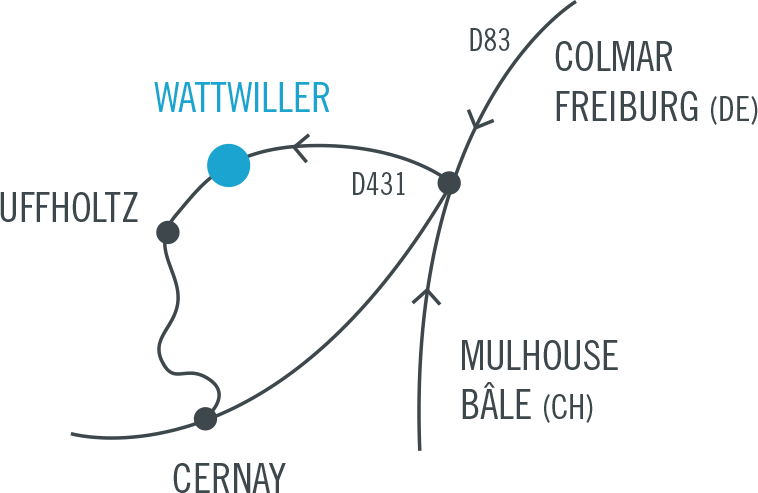Murs (Walls) is a video installation with variable dimensions, created in 2011 and lasting 44 minutes, projected on 5 screens. The video represents the reversed trajectory of immigration, from Europe to Africa. In reverse, migrants cross the Mediterranean, from Paris to Algiers, via Marseille. The slow motion on the gestures evokes contemplation, memory and questioning of the migrant allowing the spectator to immerse himself in the thoughts of the characters facing exile and loneliness. In the installation, a forest of lampposts recreates the verticality of the urban space which is opposed to the horizontality of the sea, the last bastion before the return home.
On the five screens, the scenes are juxtaposed, inducing a montage in which the sequences stand out, complement and accentuate each other, creating a very specific relationship to space and time. The video, traversed by different temporalities and spaces, allows the rhythm of the narration to be accelerated or slowed down. This inverted trajectory thus questions us about the principle of immigration, its expectations, disillusions and failures.
